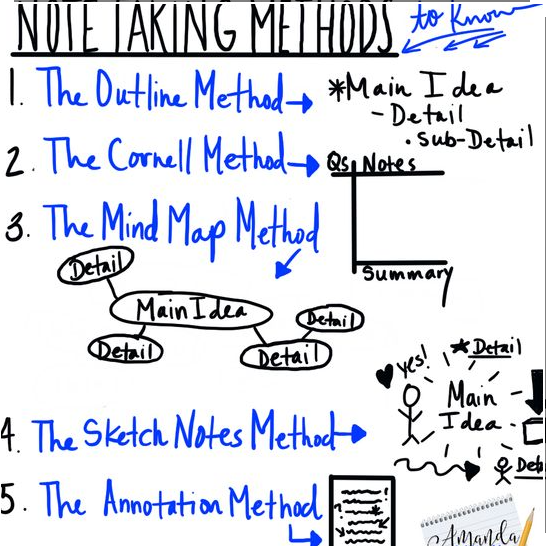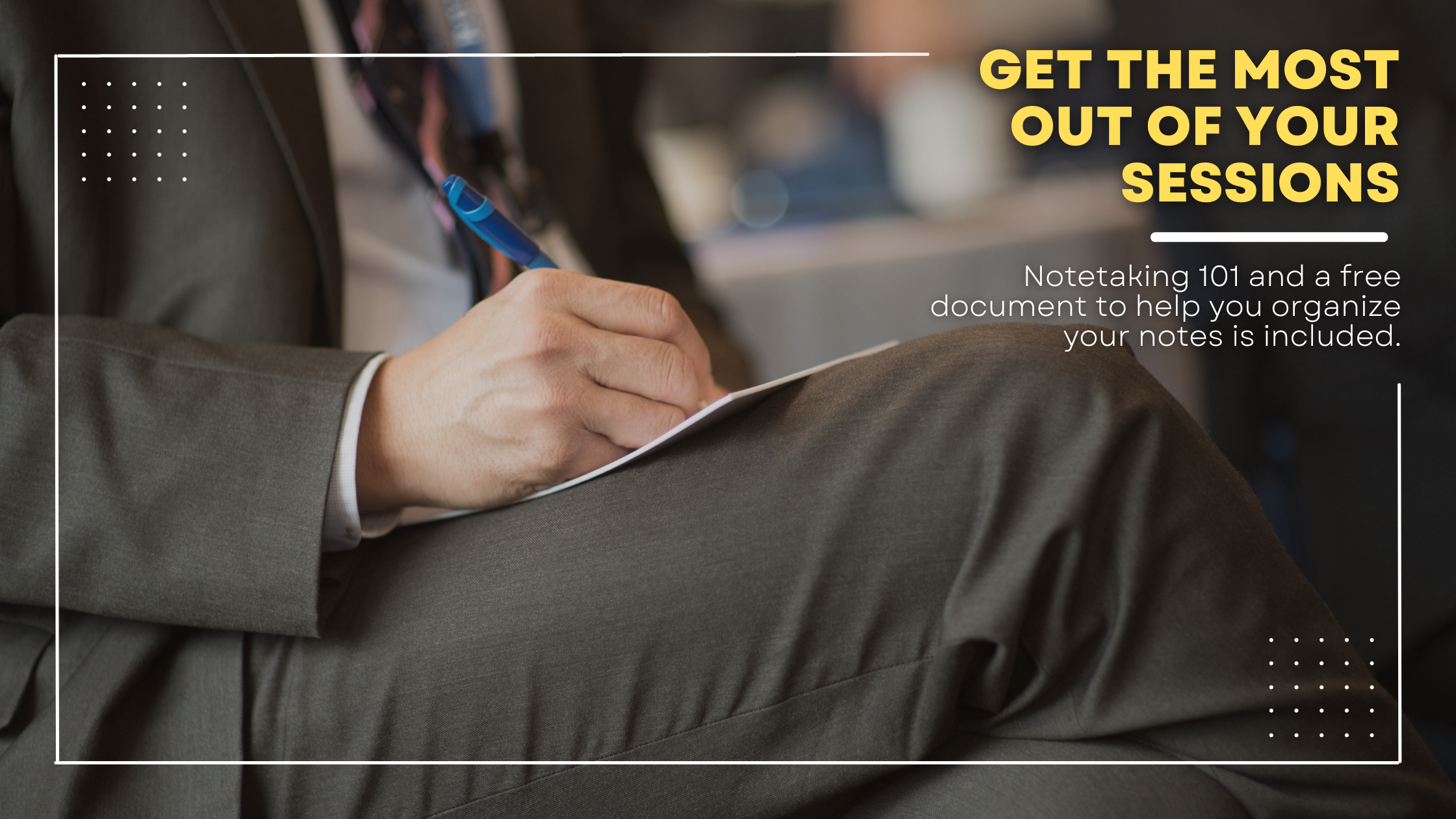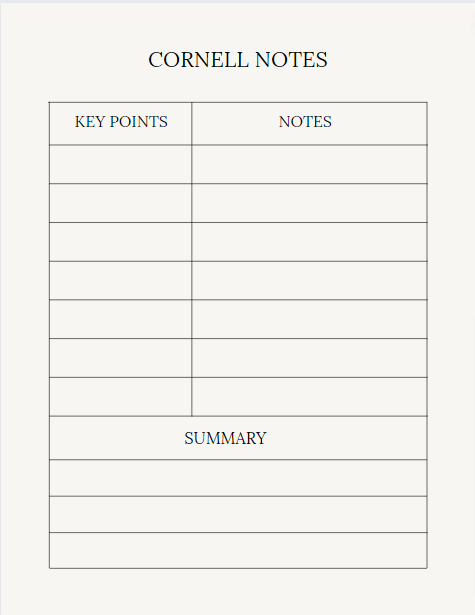When you attend a pensions and investment conference, taking notes can be invaluable. Jotting down notes will help you remember topics and ideas for managing the secure retirement of your fund's annuitants.
TEXPERS has a number of general sessions and breakout panels planned for its Annual Conference, April 2-5, 2023, in Austin. Topics range from professional development and system management to investments and legal issues.
Notetaking allows you to capture any relevant information that you can use later, such as contact information, statistics, or tips. It also helps you stay engaged and focused on the speaker's message.
Having notes can be helpful if you need to refer back to any information shared during the conference.
Overall, taking notes during a conference can be a helpful way to stay organized and help you get the most out of the experience.
What is the best notetaking method for conferences?
One of the best methods for notetaking during conferences is the Cornell Notetaking System. This system involves writing down the key points discussed during a conference session, summarizing the speaker's main points, and asking questions to help further understand the presentation.
Additionally, it's essential to create a visual representation of the information discussed, such as a diagram or chart, to help with recall and comprehension.
What is the Cornell notetaking method?
The Cornell notetaking method is a system for organizing and summarizing information. It was developed by Walter Pauk at Cornell University. It was designed to help students take more effective notes during lectures.
The system consists of four parts: notes, cue column, summary, and review. We'll focus on three sections: key points, notes, and summary.
| The Cornell notetaking system sample sheet. Click image to download a PDF to take your own notes during TEXPERS' Annual Conference April 2-5, 2023 in Austin, Texas. |
The key points column is used to create a list of main ideas, notes are the more long-form ideas you pulled from the session, and the summary is used to digest the lecture. This method is effective for conference attendees because it helps to organize information, break down complex concepts, and encourages active learning.
How do you summarize notes?
Summarizing notes is a great way to retain and quickly review the key points of a lecture or written material. Start by reading through your notes and highlighting or underlining the key points. Then, condense the notes by rewriting them in your own words. This will allow you to quickly review the main points while avoiding repeating unimportant details. If you have a lot of notes, you can create a brief outline to organize the ideas and make it easier to review.
Consider diagraming your notes.
Diagramming notes is a great way to organize your thoughts and ideas. It can help you to better understand and remember the material you are learning.
To diagram notes, start by writing down the main topic of your notes. Then, break down the main topic into smaller chunks and draw connecting lines between them.
As an example, if your main topic is "global macro perspective," you could break it down into smaller chunks like "inflation," "U.S. economy," and "Global economy," etc., and draw lines between them.
You can also add symbols or illustrations to help you better visualize the connections between your notes. Finally, review the diagram you created and make any changes needed to ensure that your notes are organized in a way that makes sense to you. With practice, you'll be able to quickly and easily diagram your notes and better understand the material you are studying.
 |
| An example of various diagraming notetaking methods, including the mind map method described above. |
5 tips to make notetaking easier during a conference session.
- Bring a notebook and a pen/pencil with you to the conference session. Also, consider downloading our Conference App to your smartphone or tablet. The app allows you to type notes directly via each session or speaker. Learn more about the app here on our event website.
- Before the session, take a few minutes to jot down the key points and questions you would like to remember. You'll find an agenda listing sessions, the speakers, and a description of the presentations in our online platform and Conference App.
- Pay attention to the speaker and take down notes in an organized manner. Here's a PDF you can download and print to handwrite notes.
- Ask questions to clarify any points you need help understanding. Often, our presenters are willing to speak with you after their presentation. You can also send messages to presenters, chat with peers in the Community section, schedule meetings, and read articles shared by presenters using our Conference App.
- After a session, review your notes and highlight the important points. This will help you remember them better.
For additional notetaking tips, check out this YouTube video.
Taking notes also helps pension system trustees and administrators remember the key takeaways from our event and remains available as a reference to them when needed. Additionally, it helps to ensure that fund leaders stay organized and don't miss any essential topics or details that could benefit their investments. Finally, taking notes at conferences can help our system members to stay up to date on the latest industry trends and news, keeping them informed.
Haven't registered for TEXPERS' Annual Conference? There's still time. Visit https://bit.ly/TEXPERS2023AC.
About the Author: At TEXPERS, Allen Jones is the director of communications and event marketing. Before joining the Association, he worked as a journalist, editor, publication manager, and marketing professional for various newspapers, magazines, websites, and companies for over 20 years.


